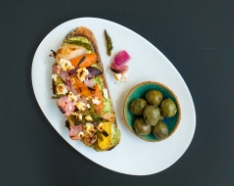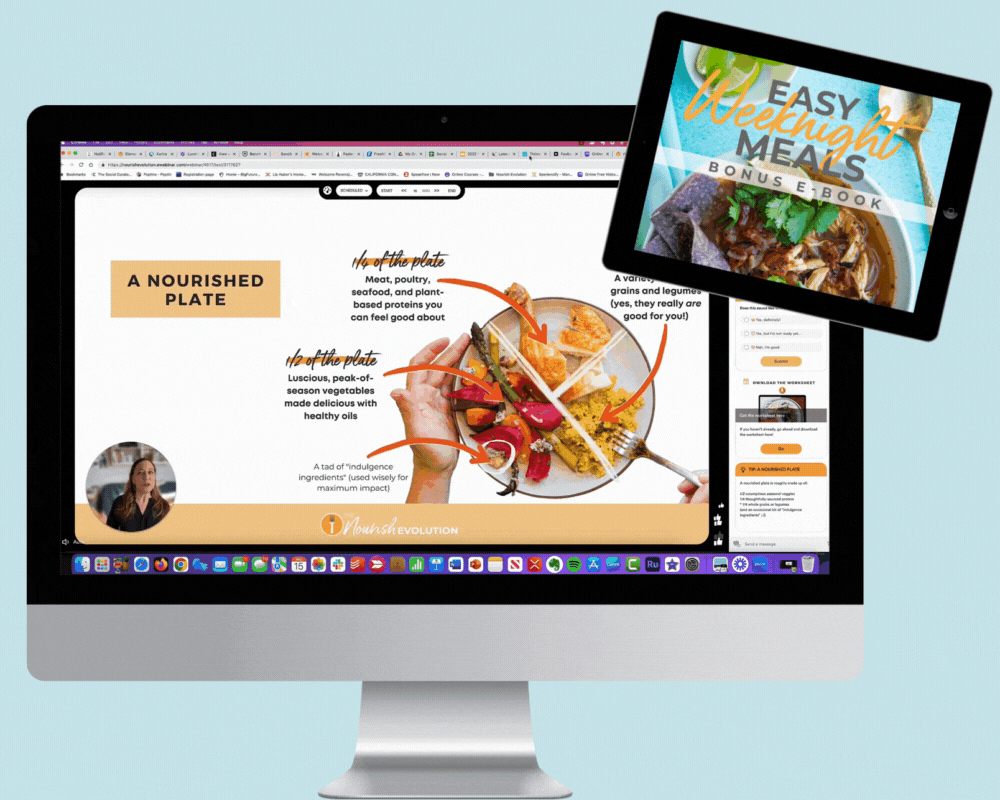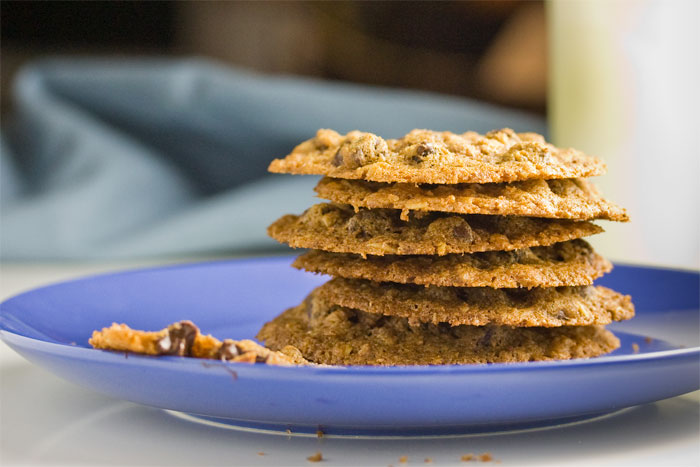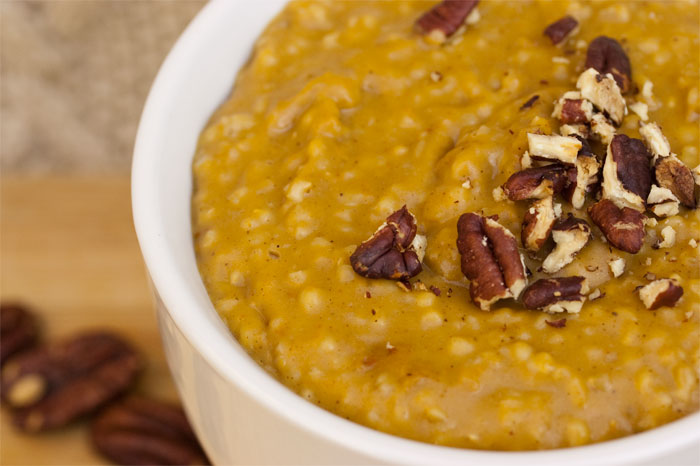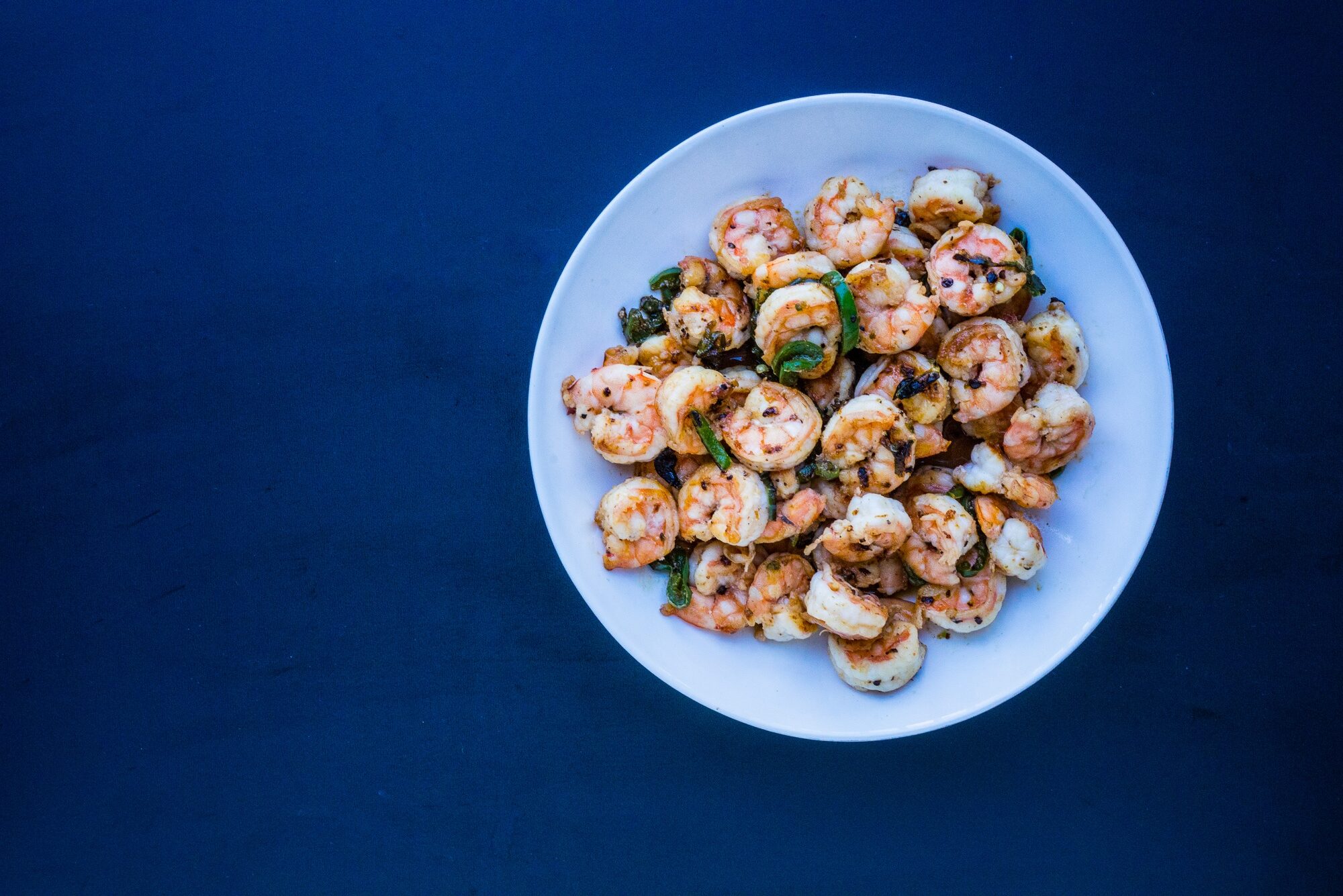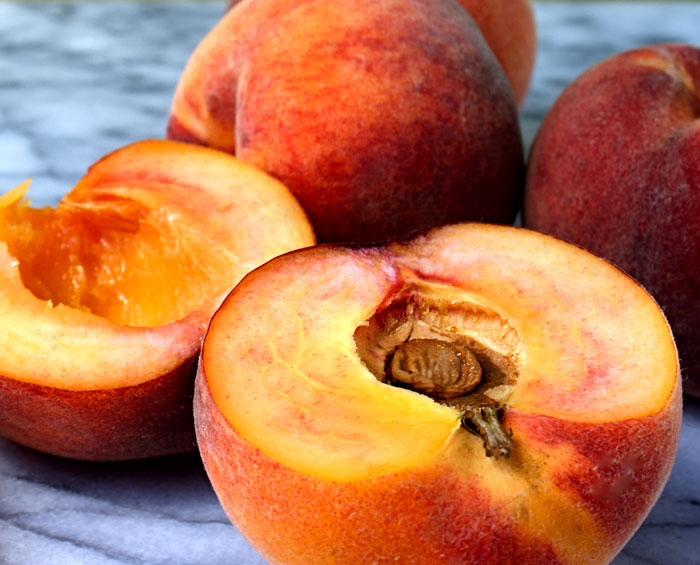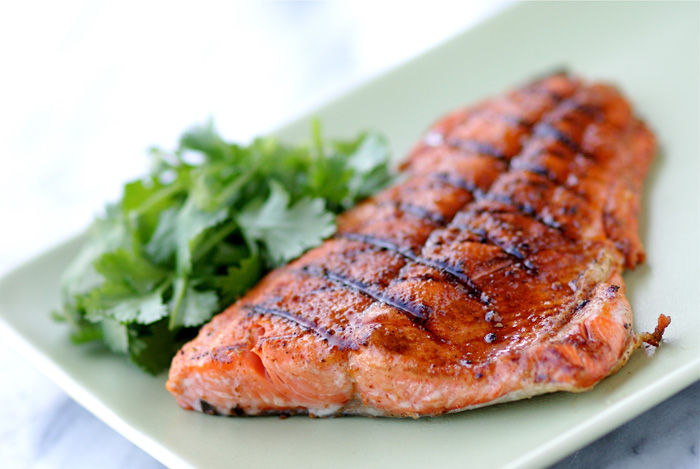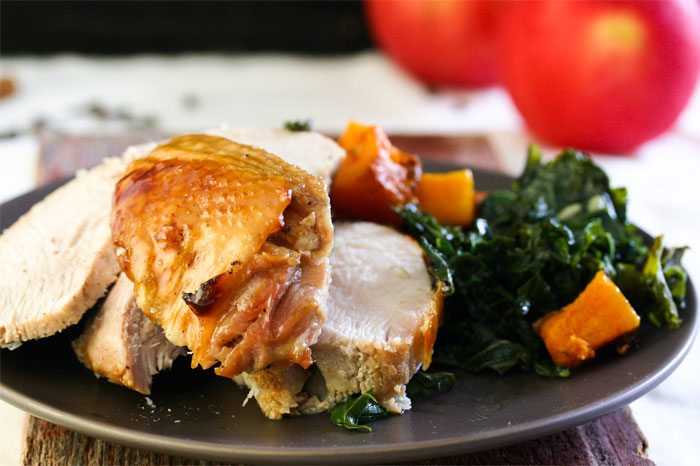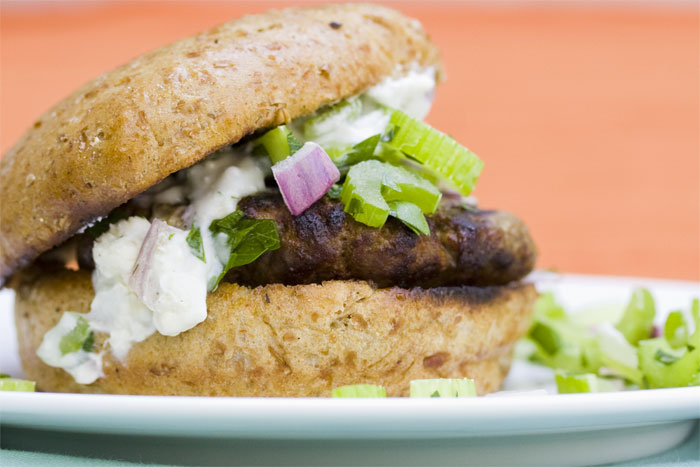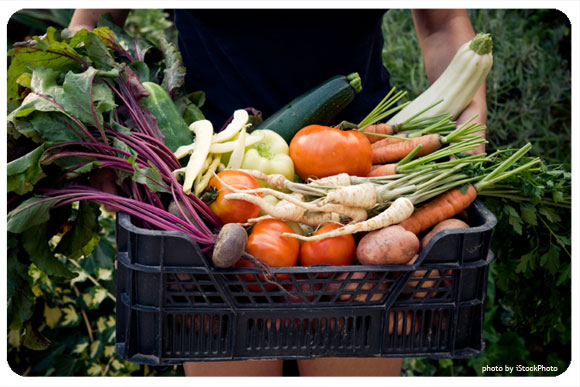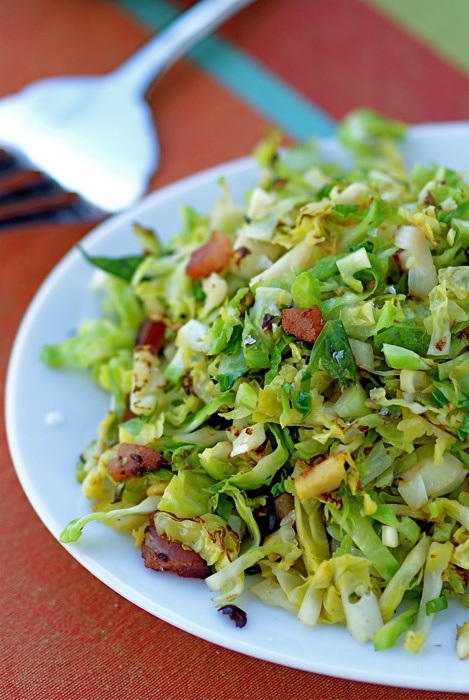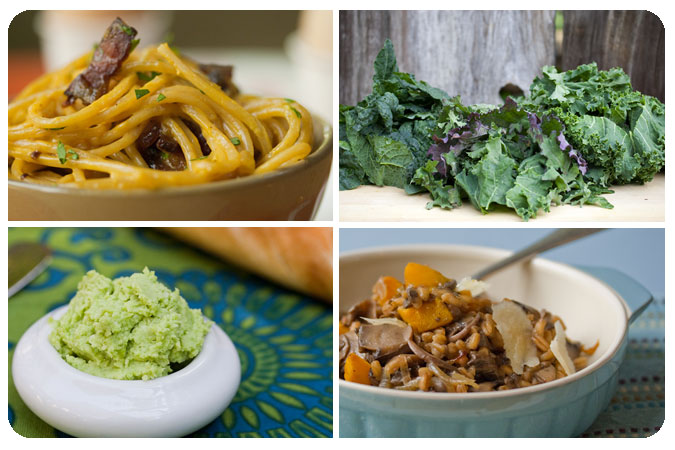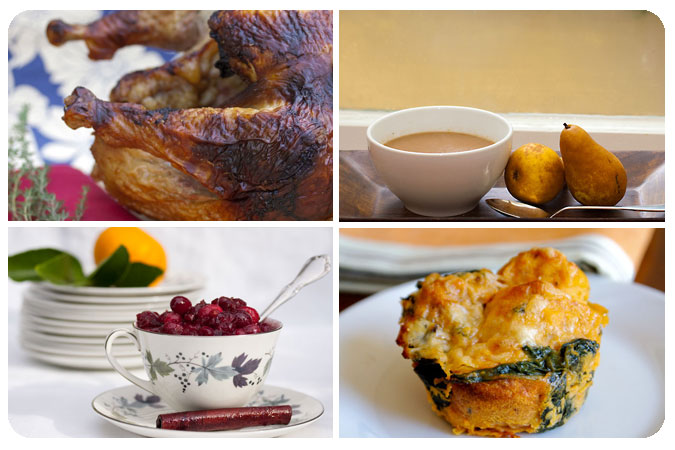Turkey is the iconic American bird. So it's only fitting that it takes center stage for that iconic American holiday: Thanksgiving. The species is native to the Americas, but many of the breeds that populated our country’s agricultural landscape throughout the centuries were a mix of indigenous wild turkeys and domesticated ones bred in Europe from stock originally exported from the New World. So from early on, in quintessential American fashion, the turkey became a cultural hybrid.
But there’s more to the story. To me, turkeys are a living illustration of how much our country's food culture has changed in the past 50 years.
For hundreds of years, up until the mid-20th century, farmers bred turkeys for flavor, beauty and yield. Each breed was developed for a different purpose: Narragansetts were good foragers where food was scarce, the Bourbon Red was prized for its meat and the Standard Bronze for its beautiful plumage. By the 1950s though, as our food system became more industrialized and turkey breast became a deli standard, two of those factors—flavor and beauty—fell from consideration. After all, people no longer bought turkeys from their nearest turkey farmer, they bought it prepackaged (and probably frozen) from one of the burgeoning supermarkets in the area.
Turkey breeders began selecting for birds that could be developed quickly, could efficiently convert food into the coveted breast meat and would have flawless skin once plucked. Thus the Broad Breasted White, in a time when Wonder Bread and Twinkies were considered modern miracles, took the market by storm. Today, they make up about 99% of the turkey market in America, and many of those other breeds—what we now call heritage turkeys—are close to extinction.
What Are Heritage Turkeys? There are roughly a dozen varieties of heritage turkeys, seven of which were recognized back in 1874 in the first edition of the American Poultry Association’s Standard of Perfection—the official guide to breed standards for all types of poultry. Technically, the term “heritage turkey” is defined by these three characteristics:
- They can mate naturally. This may sound self-evident, but the Broad Breasted White—because of its short breast and legs—cannot mate on its own and must be artificially inseminated in order to reproduce.
- They must be able to live a productive life outside in their natural environment. In contrast, heirlooms’ buxom cousins are much less hardy and more prone to disease.
- They must have a slow (some might say “normal”) growth rate. Mass-produced turkeys develop so quickly that their muscles can outpace the rest of their bodies.
It’s ironic to me that something has to be defined with a fancy moniker like “heritage” to say it can live a normal, healthy life in a natural environment and that what we take for granted as “turkey” is something that came from generations of artificial insemination, doesn’t develop properly and doesn’t have the fortitude to live in its native habitat.
Why Would I Want to Buy a Heritage Turkey? The easy answer is incredibly flavorful, juicy meat. The more in-depth answer is, by serving up a heritage turkey you’re helping save them from disappearing altogether. Four of the roughly dozen heritage turkey breeds are listed on Slow Food’s Ark of Taste as near extinction. The more demand there is for these heritage breeds, the more incentive farmers will have to raise them.
How Are They Different? True heritage birds look, well, scrawny. They have longer breast bones and legs, making their breast look more pup tent than plump. They also layer on fat differently, since they’re essentially a wild animal, so you’re likely to find large deposits towards the neck rather than distributed throughout. While the breast meat doesn’t taste enormously different, the dark meat is redder with a much richer flavor, almost like that of duck or goose.
Do I Have to Cook a Heritage Bird Differently? Because heritage birds have smaller breasts, they cook faster and can dry out easily. Cook the bird until a thermometer inserted into the deepest part of the thigh (without touching bone) reads 145F-150F (it will continue to cook as it rests).

